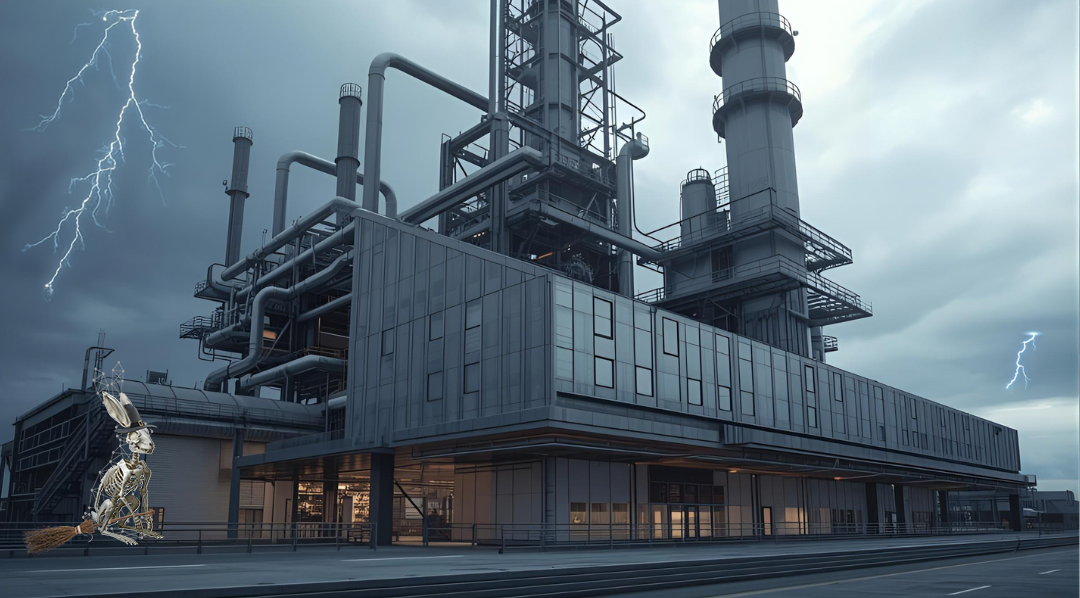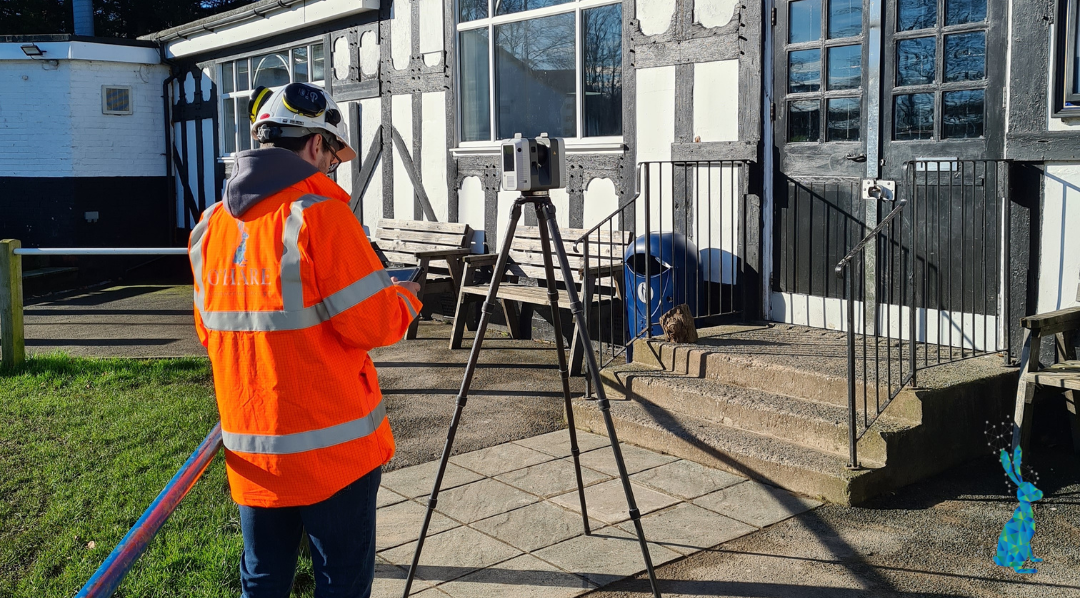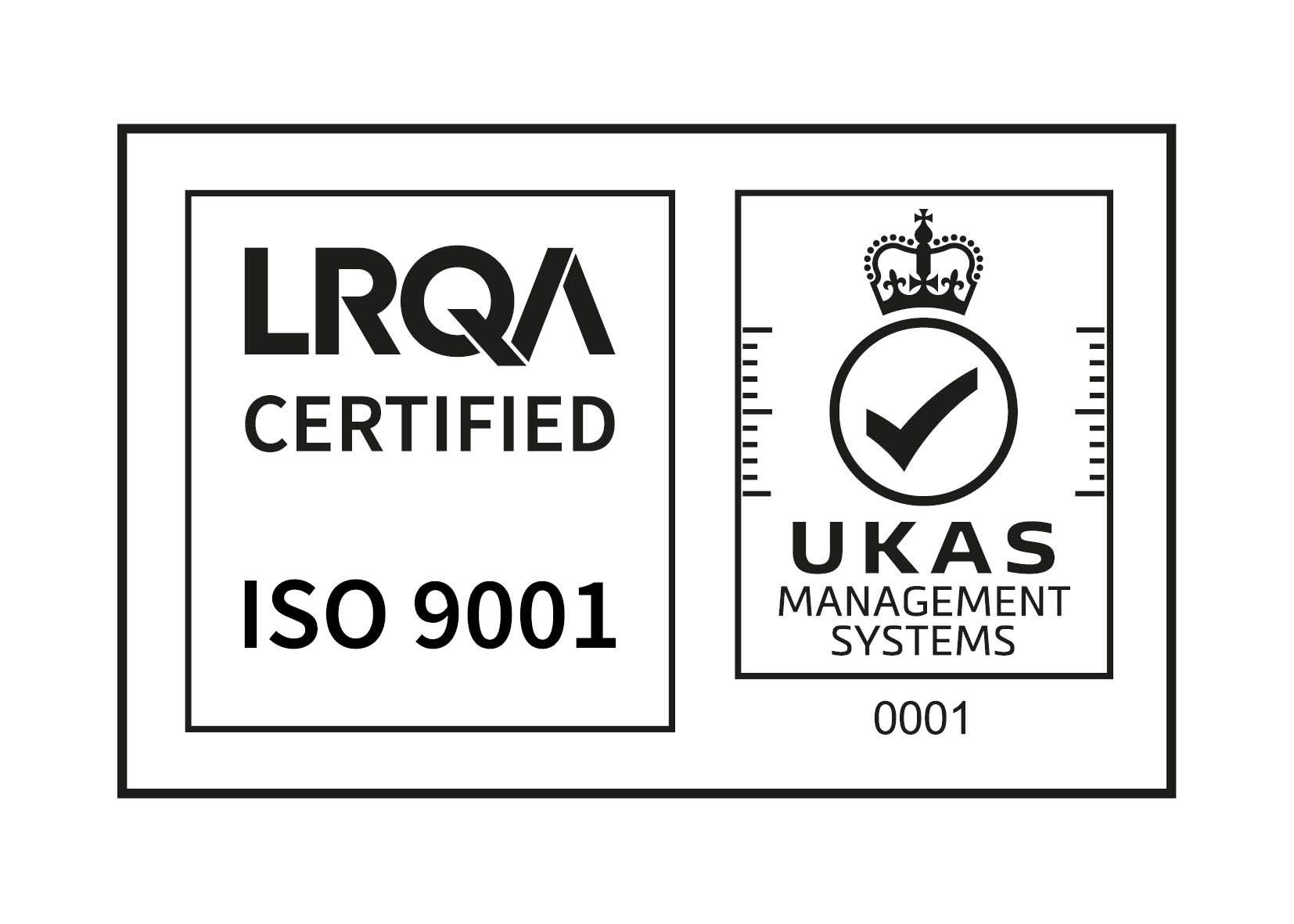TIME-OF-FLIGHT VS. PHASE-BASED LASER SCANNING: ARE THEY HORSES FOR COURSES?

TIME-OF-FLIGHT VS. PHASE-BASED LASER SCANNING: ARE THEY HORSES FOR COURSES?
Date: 25th July 2023
When I first started working with laser scanning technology (much longer ago than I’d like to admit), there was a really clear choice between using time-of-flight (TOF) or phase-based scanning technology. But, in the rapidly evolving field of 3D laser scanning, is the choice really still that easy? How has 3D laser scanning technology developed over the last few years? And what do you need to consider before using either of these tools?
Time-of-Flight Scanning (TOF)
Time-of-flight scanning, also known as TOF, measures the distance to a specific point by calculating the time it takes for a light signal to travel from the scanner to the object and back. To do this, the laser scanner emits a pulsed light signal and measures the time it takes for the signal to return to the sensor, enabling precise distance calculations.
Phase-Based Scanning
Unlike TOF, phase-based laser scanners produce a constant beam of light into multiple phases to capture the 3D shape of an object. Instead of measuring the time it takes for the light to return, it measures the phase shift of the returning laser's energy to calculate depth information, generating a highly detailed point cloud of the object's surface.
Phase-based scanning is most commonly used for applications like industrial metrology, reverse engineering, and quality control. This is because it’s highly accurate and can capture intricate details and complex surfaces. However, phase-based scanning can be more time-consuming compared to other methods as it requires multiple images from different angles and lots of data processing.
Key considerations when choosing a scanning method
It used to be that you had 2 key considerations that needed to be taken into account when choosing between TOF and phase-based scanning: Time and accuracy.
But, as technology has developed, time has actually become less of a limiting factor when choosing between these 2 methods than it used to be. When I first started working with laser scanners (longer ago than I’d care to admit to), phase-based scanning was most peoples' go to because it was significantly quicker than TOF. At the time, it took around 6 and a half minutes to complete a full scan using phase-based equipment where it would take you nearly 22 minutes to complete that same scan with a TOF scanner. Nowadays though, this time has been massively reduced so both methods take on average 3 minutes to produce a complete scan in one position.
So, that leaves accuracy.
Accuracy is still an important consideration when choosing your laser scanning method and this is because TOF is still notably more accurate than phase-based scanning is. It’s the same difference as you’d see using a sniper rifle compared to a shotgun. With phase-based scanners, you can aim your laser in the general direction, but you have much less control over the exact point you want to as your intended target. Because of this, the accuracy of your scans can be impacted as they tend to produce much more scatter in the final point cloud images.
TOF scanning on the other hand is like using a sniper rifle with a clear target in mind - it’s very precise. This means that the outputs produced are much more accurate and contain far less scatter that needs to be tidied up during post-processing.
In 2023, phase-based and TOF scanning continue to shape the landscape of 3D laser scanning technologies. And, while we’ve been using TOF for the last 10 years now, it has become much more of a case of personal preference rather than there being any significant differences between the technologies.
If you’re thinking of taking on a design project and would like to find out more about how 3D laser scanning could help, get in touch with us today to arrange a free demo.




